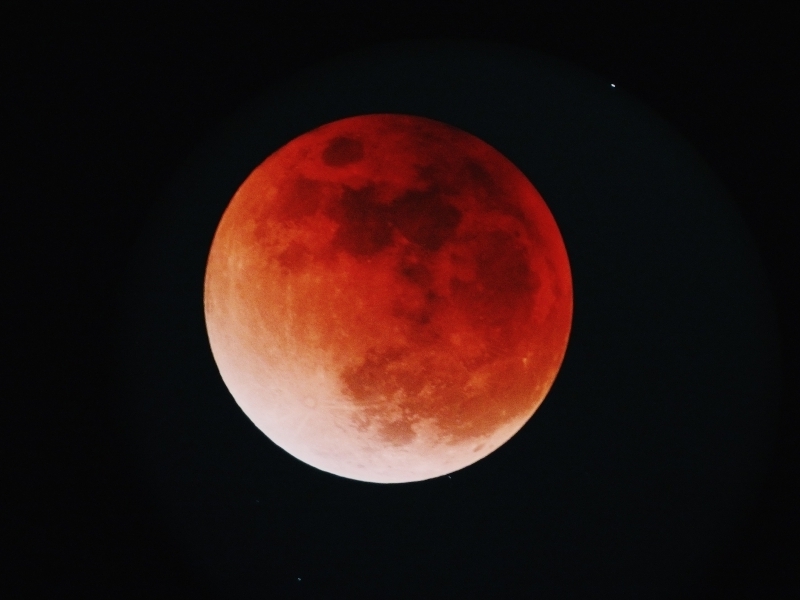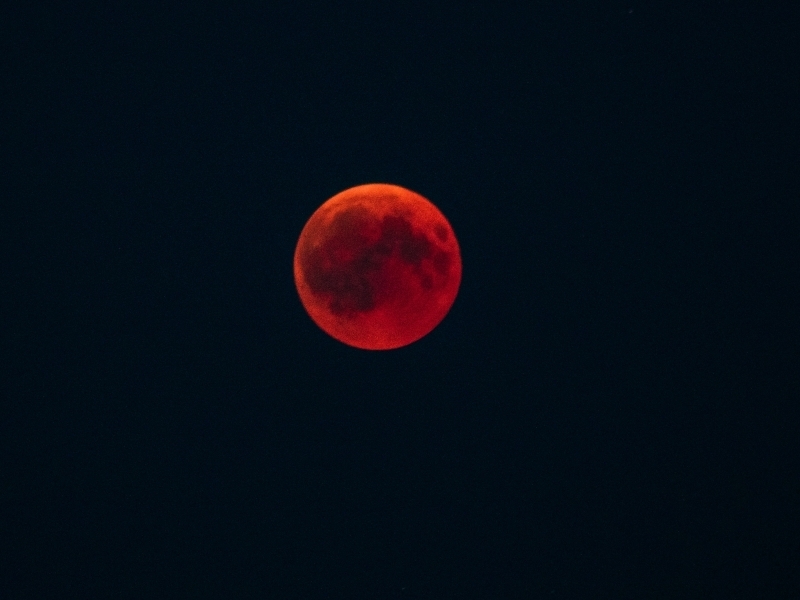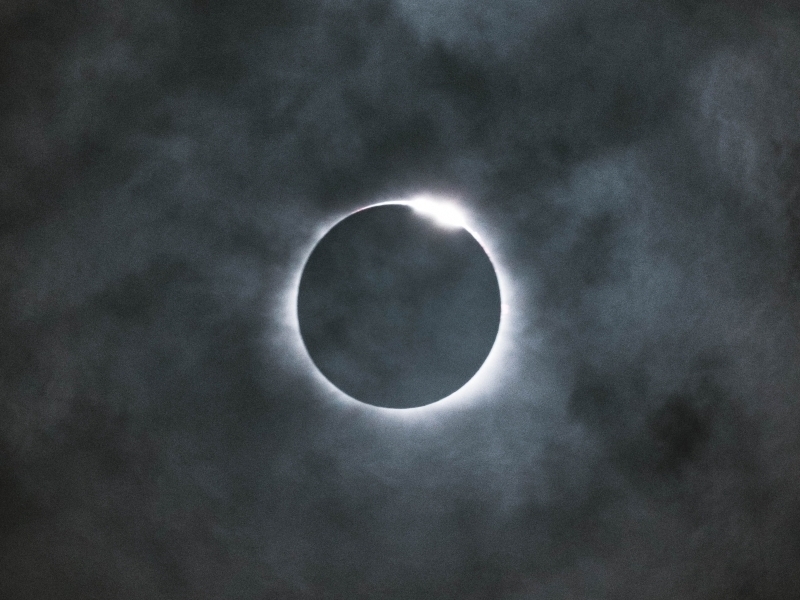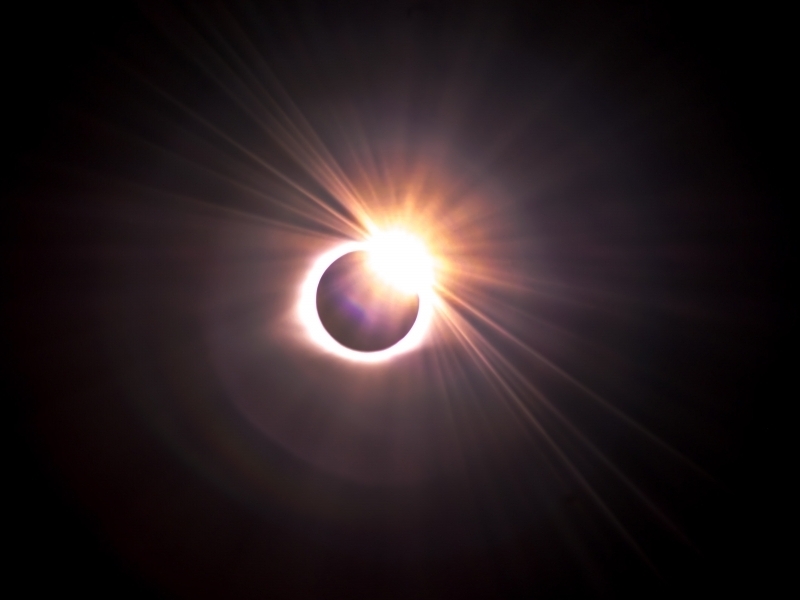News and Testimonials

Last lunar eclipse of the year: this is how the longest astronomical phenomenon of the century was experienced
The astronomical event that lasted almost six hours can be seen from some parts of the world
Shortly after 3:00 am (GMT-3) the last lunar eclipse of this year began, one of the most attractive natural phenomena in astronomy due to its total duration estimated at about six hours.
The astronomical event is a privilege that can only be seen live from America, the Pacific Ocean and the eastern tip of Asia.
About three hours after its beginning, the alignment of the planets reached its peak, causing the so-called "blood moon."
This astronomical event is one of the most captivating for fans of the night sky. In coincidence with the full moon, our satellite is so close to the Sun in the sky that it passes through the southern part of the Earth's shadow, starring in an almost total lunar eclipse.
This is the longest partial lunar eclipse in 580 years, lasting just over 6 hours, and its passage through the darkest part of the Earth's shadow will last for approximately 3 hours, 28 minutes and 23 seconds. , as reported by NASA.
At its most intense, the shadow of the Earth is expected to cover 97.4% of the Moon, experts say, so it will resemble a total eclipse. In the middle of it, it will enter its maximum phase and in this instance the surface of the Moon will be dyed, for our vision, red, in what is known as the "blood moon", a phenomenon that already occurred in May. of this year.
The partial shadow of the Earth will begin to fall on the upper left of the Moon at 6.02 UTC (3.02 Argentine time tomorrow), but the slight darkening of the Moon will not be noticed until the full shadow of the Earth begins to fall. at the top of the Moon at 7.18 UTC (4.18 Argentine time).
The arc of the round Earth's shadow will extend across the Moon until the peak of the eclipse at 9.02 UTC when more than 97% of the Moon will be in full shadow and only a small strip on the left side of the Moon will shine in Earth's partial shadow, NASA reports.
After the peak of the eclipse, the full shadow of the Earth will gradually move from the Moon to the lower right, emerging completely from the full shadow at 10:47 UTC. After this, the brightness of the Moon as it leaves the partial shadow of the Earth will be difficult to notice, especially since the morning twilight will begin at 10.54 UTC. The Moon will emerge completely from Earth's partial shadow at 12:03 UTC.
Source: https://www.infobae.com/america/ciencia-america/2021/11/18/como-cuando-y-donde-se-podra-ver-el-eclipse-lunar-mas-largo-del-siglo/







